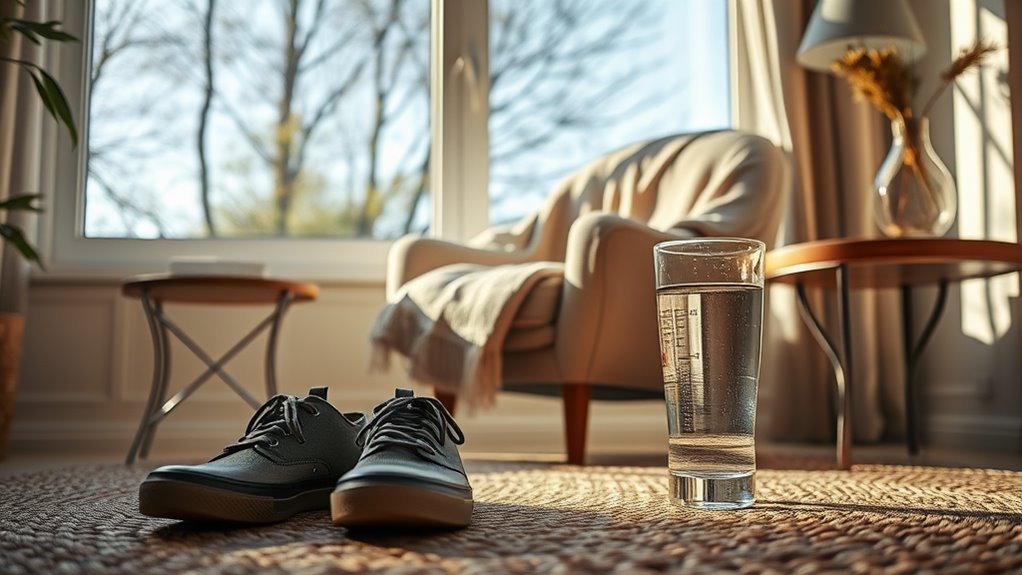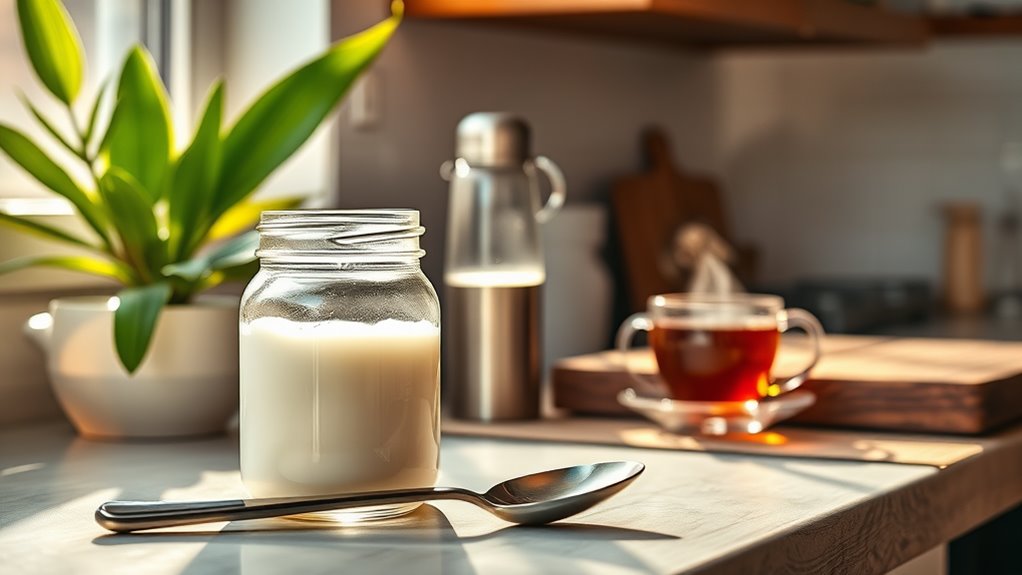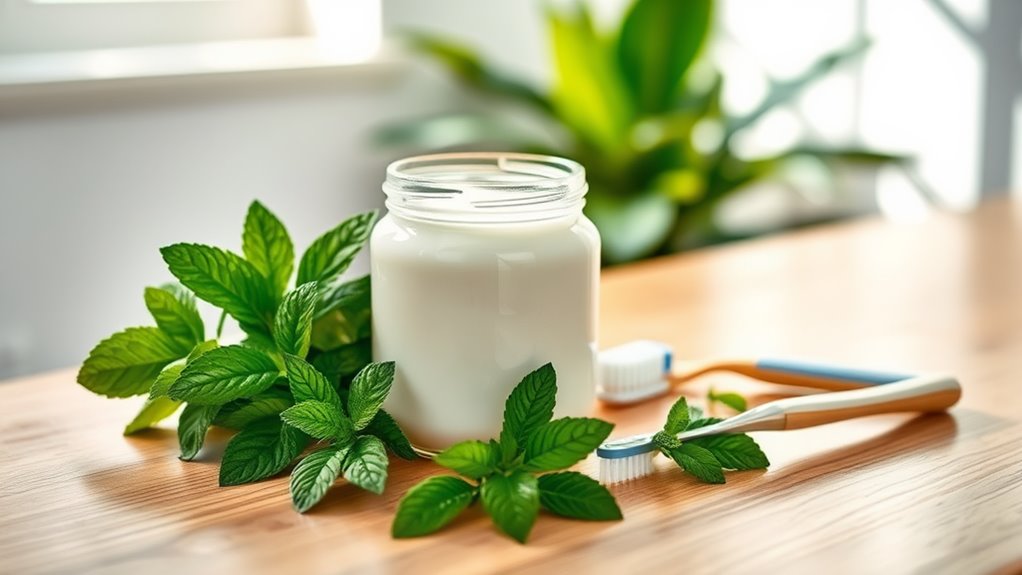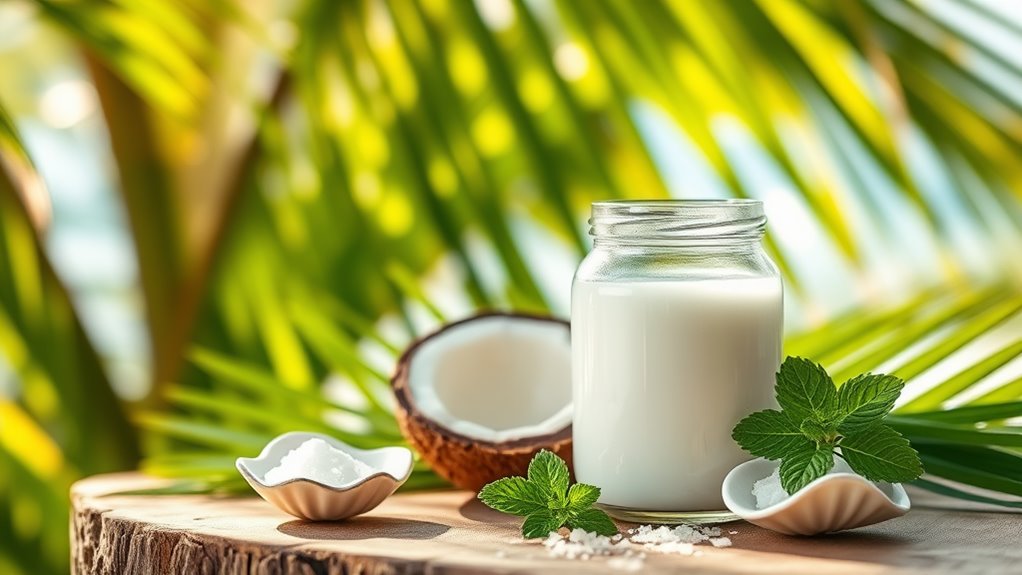My Top Tips for Easing Knee Pain Without Pills
Many people underestimate the impact of weight on knee health, but even a small reduction can greatly alleviate pain. By implementing a few targeted strategies, you can manage discomfort effectively without relying on medication. From low-impact exercises to dietary adjustments, there are practical steps you can take. Understanding these methods can empower you to enhance your mobility and overall well-being. Let’s explore how you can start making these changes today.
Key Takeaways
- Engage in low-impact exercises like swimming and cycling to strengthen knee muscles and improve flexibility without stressing the joints.
- Apply heat therapy to relax muscles and improve circulation, or use cold therapy to reduce swelling and numb pain effectively.
- Maintain a healthy weight through balanced diet and regular exercise to alleviate pressure on the knees and reduce discomfort.
- Incorporate natural supplements like glucosamine, omega-3 fatty acids, and curcumin to support joint health and reduce inflammation.
- Practice regular stretching and strengthening exercises, such as quadriceps and hamstring stretches, to enhance joint stability and prevent stiffness.
Maintain a Healthy Weight
Excess body weight increases stress on your knee joints, leading to inflammation and discomfort.
By shedding extra pounds, you’ll substantially reduce the pressure on your knees, which often results in knee pain relief.
This change can enhance mobility and make daily activities easier.
Additionally, a balanced diet supports overall joint health, providing essential nutrients for cartilage repair.
Implementing weight management as one of your knee pain relief remedies can lead to long-term benefits.
You’ll find that even modest weight loss can make a noticeable difference in your knee function and pain levels.
Incorporating anti-inflammatory foods into your diet can further support joint health and reduce discomfort.
Incorporate Low-Impact Exercises
Are you looking for effective ways to manage knee pain without relying on medication? Incorporating low-impact exercises into your routine can strengthen your muscles and improve flexibility, reducing stress on your knees. Activities like swimming, cycling, and walking are excellent choices. Here’s a quick guide to help you get started:
| Exercise | Duration | Frequency |
|---|---|---|
| Swimming | 30 minutes | 3 times a week |
| Cycling | 20-30 minutes | 2-3 times a week |
| Walking | 30 minutes | Daily |
| Yoga | 30 minutes | 2 times a week |
These exercises can greatly alleviate knee discomfort. Additionally, engaging in regular exercise can lead to long-term relief and improved knee function.
Utilize Hot and Cold Therapy
Using hot and cold therapy can greatly alleviate knee pain by targeting inflammation and promoting blood flow.
Heat application relaxes muscles and improves circulation, while cold therapy reduces swelling and numbs sharp pain. Combining both methods can enhance your overall comfort and recovery, making it an effective approach for managing knee discomfort. Additionally, using ice for 15-20 minutes can provide immediate relief by minimizing swelling and discomfort.
Benefits of Heat Application
While cold therapy is often recommended for reducing inflammation, heat application can play a crucial role in easing knee pain by promoting blood flow and relaxing tense muscles.
Applying heat, whether through a warm towel, heating pad, or warm bath, increases circulation, delivering oxygen and nutrients essential for healing.
It also helps to alleviate stiffness, allowing for better mobility.
You should apply heat for about 15-20 minutes, ensuring it’s warm, not scalding.
Always listen to your body; if the heat causes discomfort, discontinue use.
Incorporating heat therapy into your routine can greatly enhance your overall comfort and functionality.
Advantages of Cold Therapy
Cold therapy offers several advantages for managing knee pain, especially in reducing inflammation and numbing sharp discomfort.
By incorporating cold therapy into your routine, you can experience significant relief.
Here are three key benefits:
- Reduces Swelling: Cold constricts blood vessels, minimizing swelling around the knee joint.
- Numbs Pain: Applying cold can temporarily numb the area, providing quick pain relief.
- Decreases Muscle Spasms: Cold therapy helps relax muscles, reducing spasms that can contribute to discomfort.
Combining Heat and Cold
How can you effectively combine heat and cold therapies to maximize relief from knee pain?
Start by applying a cold pack for 15-20 minutes to reduce inflammation and numb the area.
After a few hours, switch to heat therapy, using a warm towel or heating pad for 15-20 minutes to relax muscles and improve blood flow.
This alternating method can help manage pain and enhance mobility.
Make sure you wait at least an hour between applications.
Always listen to your body; if discomfort increases, consult a healthcare professional for personalized advice.
Consistent practice can lead to better outcomes over time.
Practice Stretching and Strengthening
Incorporating regular stretching and strengthening exercises into your routine can greatly alleviate knee pain and improve overall joint function. Focus on exercises that target the muscles around your knees, as they provide stability and support. Here are three effective strategies to get started:
- Quadriceps Stretch: Stand on one leg and pull the other foot towards your buttocks, holding for 20-30 seconds.
- Hamstring Strengthening: Sit on the floor with one leg extended and gently lean forward, reaching for your toes.
- Calf Raises: Stand with feet shoulder-width apart and slowly raise your heels off the ground, then lower back down. Additionally, incorporating gentle exercises can help maintain joint mobility and prevent stiffness.
Explore Natural Supplements
What if you could find relief from knee pain through the power of natural supplements?
Many individuals have turned to options like glucosamine and chondroitin, which may help support joint health.
Omega-3 fatty acids, found in fish oil, can reduce inflammation, potentially alleviating discomfort.
Curcumin, the active component in turmeric, is another option known for its anti-inflammatory properties.
Additionally, boswellia may enhance joint function.
Always consult your healthcare provider before starting any new supplement, as they can interact with medications or underlying conditions.
Consider Physical Therapy
Considering physical therapy can greatly improve your knee pain management.
A personalized exercise program tailored to your specific needs will enhance strength and flexibility, which are essential for joint health. Additionally, therapists can teach you effective pain management techniques to help you better cope with discomfort. Furthermore, incorporating gentle massage techniques can aid in reducing pain and promoting relaxation in affected areas.
Personalized Exercise Programs
A personalized exercise program can greatly alleviate knee pain and improve mobility.
Tailoring exercises to your specific condition guarantees you strengthen the right muscles without exacerbating your pain.
Here are three key components to keep in mind:
-
Strength Training: Focus on exercises that strengthen the quadriceps and hamstrings, as these muscles support your knee joint.
-
Flexibility Exercises: Incorporate stretching routines to enhance flexibility and reduce stiffness in the knee.
-
Low-Impact Activities: Engage in swimming or cycling, which provide cardiovascular benefits while minimizing stress on your knees.
Consult with a physical therapist to develop a program that suits your needs.
Pain Management Techniques
In addition to personalized exercise programs, exploring pain management techniques can greatly enhance your knee health. Consider physical therapy, which focuses on modalities like ultrasound, electrical stimulation, and manual therapy. These techniques help reduce pain and improve mobility.
| Technique | Benefits | Frequency |
|---|---|---|
| Ultrasound | Reduces inflammation | 2-3 times weekly |
| Electrical Stimulation | Alleviates pain | As needed |
| Manual Therapy | Improves joint function | 1-2 times weekly |
| Ice Therapy | Minimizes swelling | After activities |
| Heat Therapy | Relaxes muscles | As needed |
Implementing these can provide significant relief.
Strengthening and Flexibility Focus
Strengthening your knee through targeted exercises is essential for maintaining mobility and reducing pain.
Incorporating a combination of strength training and flexibility exercises can greatly enhance your knee’s stability.
Consider the following:
-
Quadriceps Strengthening: Perform straight leg raises or wall sits to build strength in the quadriceps.
-
Hamstring Stretching: Incorporate hamstring stretches to improve flexibility and alleviate tension.
-
Calf Raises: Strengthen the calf muscles to support overall knee function.
You might also consider consulting a physical therapist for personalized guidance.
A tailored program can optimize your recovery and guarantee safe progression in your exercises.
Modify Daily Activities and Posture
Knee pain can often stem from daily activities and poor posture, making it essential to evaluate how you move and position yourself throughout the day.
Start by adjusting your workstation; make sure your chair supports your lower back and your feet rest flat on the ground.
When lifting objects, bend at your knees rather than your back.
Incorporate short breaks to stand and stretch, especially during prolonged sitting.
Pay attention to your walking gait; avoid locking your knees and maintain a straight posture.
These modifications can greatly reduce strain on your knees and help alleviate discomfort over time.




